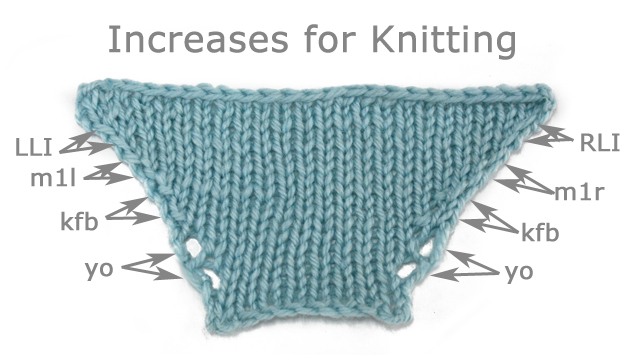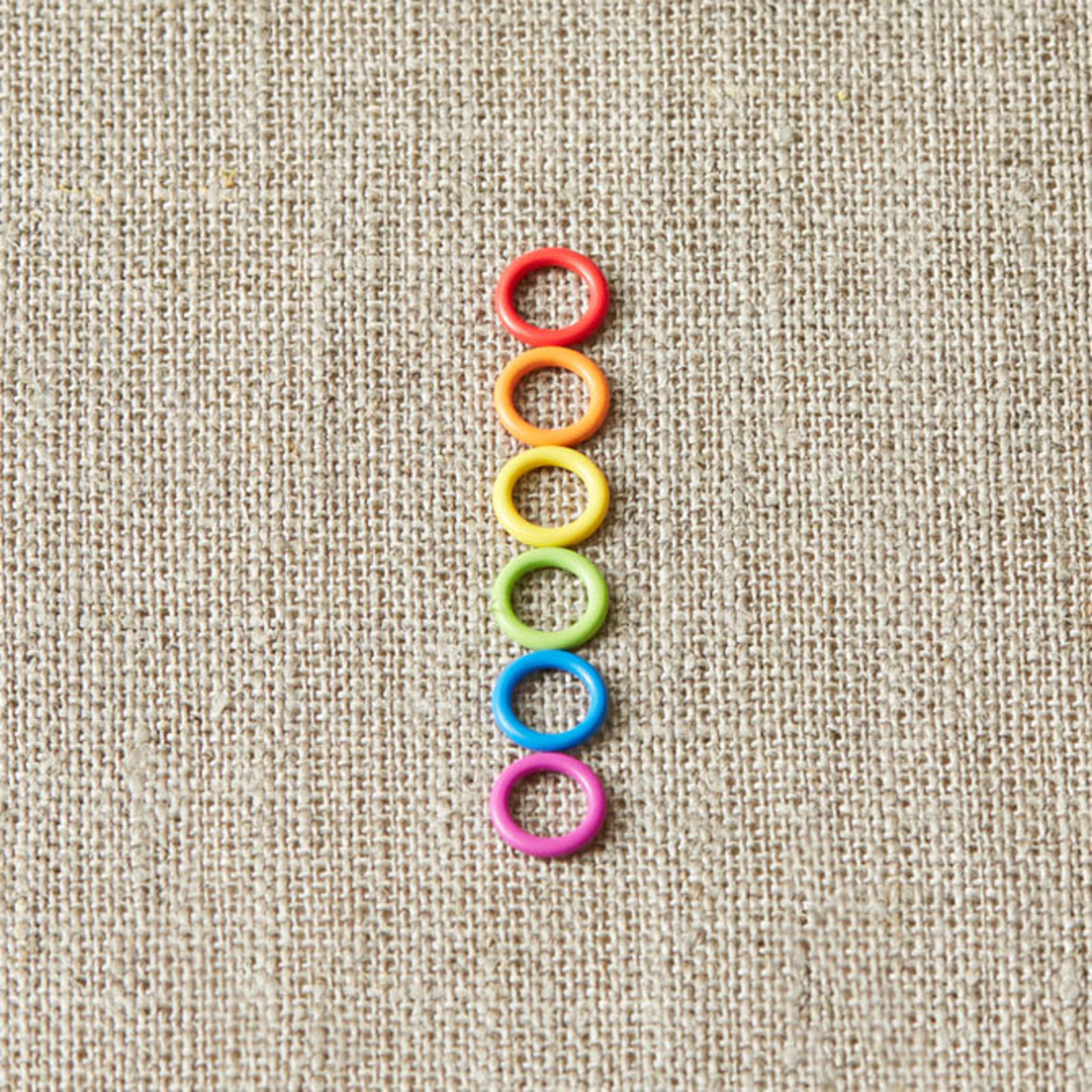
Elizabeth Fry encouraged HMP Wandsworth Prison prisoners to make patchwork. This provided an income and allowed them time to reflect. Today, the V&A has revived this tradition through collaboration with Fine Cell Work and social enterprise Fine Cell Work to create patchwork pieces. This article will provide more information about the history of patchwork and its traditions. The article also introduces several techniques, such as reverse and multi-needle embroidery hoop applique.
Sttained glass patchwork
The best way to combine fabric and colors in a unique quilt design is stained glass patchwork. These quilts have fabric strips that look like windows and are made from vibrant colors. Black sashing frames each window, creating an eye-catching pattern. You'll learn different ways to use fabric to create stained glass quilts in this tutorial. First, choose the right fabric and colors to make your shapes.

Crazy quilts
Crazy patchwork quilts can be described as a unique type of patchwork that combines pieces from irregularly shaped fabrics, often with intricate embellishments. Crazy quilts may be made from any combination of cotton, wool, or silk. These quilts can be a work-of-art despite being unpredictable in their design. Crazy quilts can include lace or ribbon as well as unusual pieces of fabric.
Multi-needle hoop applique
You'll need a hoop with a design and thread to create a multi-needle, hoop applique quilt. The hoop must be at least 175mm in diameter. However, larger is better. Cut pieces of double-sided adhesive to make a large hoop.
Reverse applique
Reverse applique can be a great way to add some flair to a quilt. This is a combination of pieces of fabric and a reverse applique design. You can sew around the fabric at the center of this design by cutting it out. The reverse applique can be completed by stitching along the stitching lines. You can add more applique items to give your quilt a more sophisticated appearance.

Block-style technique
Block-style quiltwork is an option for those looking for a more traditional approach to patchwork. You can create a variety of patterns by changing the size of your patchwork blocks. You multiply the block size by. This means that you will need to cut a half-inch smaller block than the original block size. Then, you will divide the resulting square by two.
FAQ
What is the cost of a hobby?
The only thing that costs less than a hobby is time. But it could take years to achieve what you want if you are serious about it.
However, there is something that can help. It's called 'passion.' If you have passion for whatever it is you do, you will find it easier to put in the hours required to make progress.
You may become addicted to the activity once you have put in enough hours. Here is the fun part! You are now doing something that you love and getting better every day. You will likely have seen a significant improvement by the end the year.
Do not worry about the time it takes. Don't be afraid to try. You might be surprised by what you find!
Can I make a living from my hobby and earn money?
You can have many hobbies that lead to extra income.
If your hobby is something you love, you might decide to make a living selling it.
For example, if you collect stamps, you may want to set up a website selling rare stamps.
This allows you to make additional income, without having the hassle of actually purchasing and selling stamps.
Another option is to create a YouTube Channel where you can talk about your hobby.
This allows you to share what is important to you with others, and possibly generate additional revenue through premium content.
What are observation hobbies exactly?
Observation hobbies can be activities that you watch people do. It could be reading, watching sports or going on holiday. It could also involve observing others.
Because they teach you how to think creatively, observation hobbies are great. You can draw on this knowledge later, when you work on projects for others.
You will discover that learning is easier when you are interested.
If you're interested in football, for instance, you could watch it or read a book. If you want to learn more about photography, you could take or visit exhibitions.
If you enjoy playing music, you could play along to songs online or buy a guitar.
You can cook your own meals, or you could go to a restaurant.
If gardening interests you, you could plant vegetables or flowers.
If dancing is something you enjoy, join a dance class.
If you love painting, you can paint pictures.
If you like writing, you could write stories or poems.
If you like drawing, you could draw pictures.
If you are passionate about animals, you can look after them or work at the zoo.
If science interests you, you can study biology, chemistry or physics.
If you like history, you could read books, watch films or listen to podcasts.
If you like traveling, you could travel abroad or explore your local area.
Why do we need hobbies?
Hobbies can be a part of your life because they provide you with time to unwind, recharge, think creatively as well as the chance to exercise, socialize, and relax. We also have the chance to learn new skills and pursue lifelong passions.
Hobbies can help us find meaning and purpose.
They are often a great way to spend free time when you don't have much else going on.
And they're fun!
You probably don’t have enough time to pursue hobbies.
Consider all of the possibilities available to your. Perhaps you should get a hobby started today if you don’t already have one.
How do I start my new hobby?
First, decide what type or activity you want to pursue.
Once you have decided on your subject, passion is the key.
It is crucial to know why you want to pursue a hobby. This will help you find direction and a purpose.
Once you have determined what hobby you wish to pursue, you can plan your next steps.
Consider the equipment that you will need.
Consider whether you are required to attend classes and seminars.
You should ensure that you have enough space to enjoy your hobby.
You might also consider joining a club. These groups can offer support and guidance.
Consider how much money you would have to spend on your hobby.
What are collection hobby?
The most loved collections include books, movies and music.
You can also collect anything from stamps to coins to cars to dolls to action figures to model kits to figurines to art supplies to tools to kitchen utensils to jewelry to watches to gadgets to clothes to furniture to antiques to...
I think you get the idea.
What are some free resources I can use to learn more about hobbies
There are tons of websites devoted to helping people discover new hobbies.
Here are some of the favorites:
www.trythisathome.com - This site provides a list of over 100 different hobbies. It also provides information on how to get started in each one.
www.hobbyfinders.org -- This site provides a searchable database of thousands upon thousands of hobbies that you can browse by skill level, location and interest.
www.indiebazaar.co.uk - IndieBazaar is an online marketplace designed specifically for independent artists and musicians. The site sells hundreds of items, including artwork and music gear.
www.pinterest.com/explore/hobbies - Pinterest is a social media network that lets users "pin" images they find interesting onto their boards. Users can organize the things they like in specific categories with boards.
www.reddit.com/r/Hobbies Reddit is another social networking platform that allows users to link to articles, videos or other content. Voting lets users vote for which posts are the most valuable.
Statistics
- Much of this decline reflects the fact that teens are less likely to work today than in the past; among employed teens, the amount of time spent working is not much different now than it was around 2005. (pewresearch.org)
- 37% Video Games 36% Travel 36% Health and Fitness (quizexpo.com)
- The intensity of the dialogue partners' bond at the end of the forty-five-minute vulnerability interaction was rated as closer than the closest relationship in the lives of 30 percent of similar students. (time.com)
- Almost 80% of people claim to have no hobby. (hobbylark.com)
- I am 100% biologically a woman (discover.hubpages.com)
External Links
How To
How to start gardening
Gardening is one of the oldest forms of agriculture. It takes patience, persistence, determination, and perseverance. The first step in starting your own garden is choosing a location where you want to grow food. It could be large land, or just your backyard. Next, decide what type of plants you want to grow. Do you prefer flowers or vegetables? Some people love to grow herbs, while others enjoy raising animals like rabbits. Before you decide on what type of crops to plant you need to take into consideration how much space you have. You might consider growing berries or fruits if you live in a cold climate.
After choosing what you want to plant you need to prepare your soil. Your plants' success or failure will depend on the soil they are placed in. Good quality soil contains organic matter that helps feed your plants' roots. Organic matter includes leaves, twigs (grass clippings), manure, compost, and manure. After you have prepared the soil, you will need to add nutrients. You may need different amounts depending on what type of plants you are trying to grow. You can calculate these values online with a fertilizer calculator. Many fertilizers are available, so make sure you know what you are buying.
After preparing your soil and adding the proper nutrients, you now need to wait until your seeds germinate. The process typically takes 2 to 3 weeks depending on the weather conditions and temperature in your area. After your seeds sprout, it is important to water them frequently. Watering your plants too little or too often can cause problems. Overwatering can cause problems. Overwatering your plants can lead to root disease and fungal infections. When watering your plants, remember that most plants require less water during the warm summer months than in winter. Remember that some plants require drying out after being watered. Tomatoes for instance need to remain slightly moist, but not wet. They are not happy to be in soggy soil. After the plants have finished flowering they must go dormant. The time when plants stop producing new life and store energy for the next season is called dormancy. The plant ceases sending signals to its roots to produce food during dormancy. Throughout this period, the plant stores energy. Plants will soon die if they are exposed to too much or too cold temperatures.
Urban environments may limit the variety of plants you can grow. Concrete sidewalks, roads and buildings are common in urban areas. They block sunlight from reaching the ground. Concrete absorbs light which blocks sunlight from reaching the ground below. This is why many plants cannot thrive in cities. Fortunately, there are still many plants that can thrive in an urban environment. Many trees, shrubs, perennials, and other plants can adapt to urban life. Many annuals can be grown indoors, too, in containers. You can have fresh greenery all year round with container gardens.
You're now ready to plant after you have chosen where and what to grow in your garden.